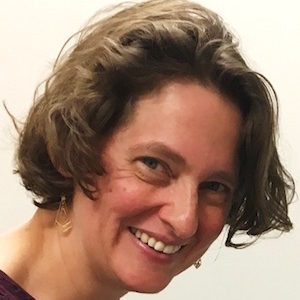QSEC members Dr. Karen Sauer’s team have recently received a grant from NSF to continue the experimental and theoretical studies of iron pnictides through zero field nuclear magnetic resonance.
Superconductivity is the ability of certain materials to conduct electricity without resistance, which currently is only possible at very low temperatures. If this can be made to work at room temperature, it would revolutionize many applications that can benefit society in many ways, such as electrical energy transmission and quantum computation. The creation of large magnetic fields which is vital for medical imaging, noiseless propulsion engines etc., also rely on superconductivity. In order to make progress to reap these benefits, it is important to gain proper understanding of the microscopic origin of unconventional superconductivity. Dr. Sauer’s project aims to investigate magnetic fluctuations in superconducting materials made with iron. This is because these fluctuations are believed to pro-vide the necessary “glue” that combines electrons into pairs to enable superconductivity in iron-based materials. The project trains graduate and undergraduate students in both experimental and computational skills. With such skills, these students typically find employment in various science and technology sectors and also contribute to the much-needed quantum workforce. Furthermore, the project provides outreach activities for underrepresented K-12 girls to attract them to STEM careers.
The problem studied is the role of magnetic, and especially nematic fluctuations, in the emergence of superconductivity in iron-based superconductors. The goal is to study the fluctuations across the magnetic, nematic and paramagnetic phases using zero-field nuclear magnetic resonance on arsenic-75. In the limit of zero-field, the nuclear Hamiltonian is dominated by the hyperfine field, reflecting magnetic order, and the electric field gradient, reflecting orbital order. Therefore, the resonance frequencies and relaxation rates are directly tied to the fluctuations. The project establishes the amplitude of the nematic spin-fluctuations averaged over the characteristic resonance time by comparing the measured field gradients with ab initio density functional calculations with fixed staggered magnetization. This information has not been accessible so far, as existing methods probe either instantaneous or static (averaged over physically infinite time) magnetic moments. Understanding of the frequency spectrum of nematic spin fluctuations is invaluable for uncovering the yet elusive mechanism of Fe-based superconductivity. Further, students will be trained in cutting-edge research on two fronts: ab-initio calculations executed through density function theory and zero-field nuclear magnetic resonance of superconducting single crystals.
For more information please visit QSEC grants and the Magnetic Resonance Laboratory.

